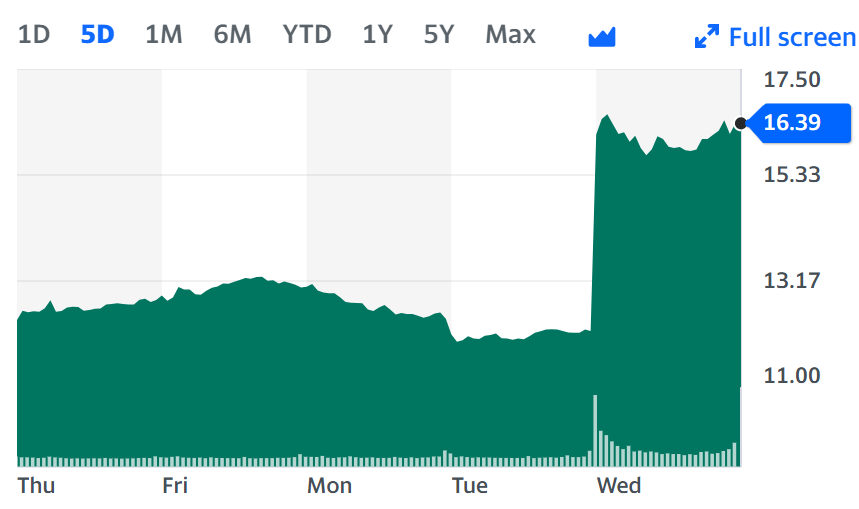Activist Investor Letter and Railroad's Response
/As activist investor Ancora tries to change Norfolk Southern railroad’s leadership, students can analyze persuasive communications from both sides.
The Ancora letter to shareholders itemizes what they consider “failures of governance” and "the Board’s poor judgment.” Many of the points relate to the hiring of a new COO—the third in the past two and a half years—whom they think is unsuitable, partly because of accusations about his “abusive behavior and serious misconduct.” The activists say the railroad held an insufficient search and overpaid the chosen candidate. Students can analyze the letter in terms of organization (main points in the introduction?), formatting (excessive underlining!), and evidence.
In an interview on CNBC’s Mad Money with Jim Cramer, Norfolk Southern CEO Alan Shaw defended the decision. Cramer challenges him a bit about the COO but, overall, the interview is favorable. Clearly, he’s a fan, supporting what Shaw says about delivering on promises during his short time with the company. As any CEO would, Shaw minimized the February 2023 train derailment in Ohio, which released toxic chemicals. He said, “Yeah, we had a challenge last year, but we met that challenge head on.” Later, he refers to it as “East Palestine” (typonym rhetorical device?), which makes the incident feels unspeakable.
Cramer is indignant when he learns that the railroad offered Ancora two board seats, and the activists didn’t accept them. Ancora doesn’t mention this in its letter. The activists want what Shaw describes as “wholesale change,” which he believes would be too disruptive. Cramer compares the situation to Disney, which students also can research.
For more, see this “fireside chat” with Shaw, another interview ahead of the shareholders meeting on May 9.








